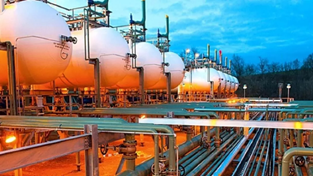





Disclaimer: Copyright infringement not intended.
Context
Mechanism
Recommendations of Kirit Parekh Panel
|
APM Gas "APM gas" is the natural gas sold by the Participating Companies to. customers at Administered Pricing Mechanism (APM) rate as decided by the Government from time to time; (b) "Consumer Price" is the price payable by APM customers, as decided by the Government from time to time; (c)"Customers" means APM customers. |








© 2025 iasgyan. All right reserved